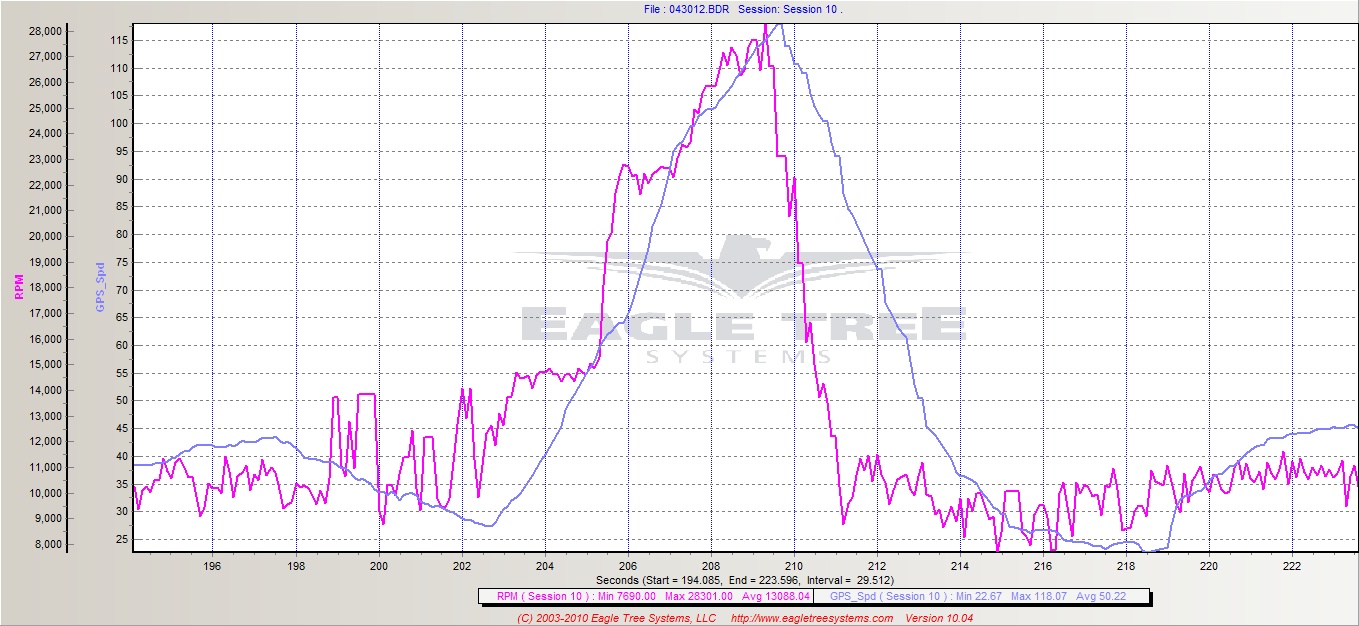L
lohring
Guest
Thanks, it's a Measurement Specialties 10 pound compression load cell. After calibration with some electric motors, I hope to work with some local hydro racers on a 12 engine program.That looks great Lohring!!
What load cell is that?
Lohring Miller




